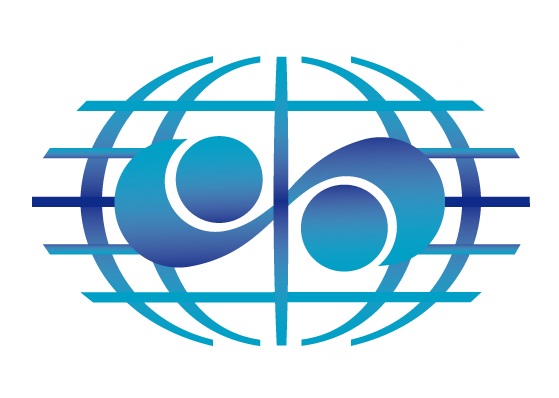Water data processing and visualisation
Key points
- Raw datasets should be processed and transformed into information in a format that can be understood and used by decision-makers and answer the expectations of final users
- Many tools, from spreadsheets to modelling software, are available for data processing
- Processing tools and the way the information is presented should be adapted to match requirements using an ad hoc visualization mode and ad hoc communication support.
If raw data are not processed, presented in a format that can be understood and used by decision-makers, then access to data will not make a difference, even if available in large amounts.
The main objective of a “data processing/ information production” phase is to transform raw data into understandable information that corresponds to requirements and to the target public.
 |
|
The standard methodology related to this phase generally includes:
- Identification of information needs: information for whom, for what, in what format, etc.
- Identification of how to present the information and the communication support
- Identification/quality control of the available datasets and cleaning: consistency check, possible correction, etc.
- Data processing: exploitation (calculations, cross-referencing, etc.)
- Analysis: interpretation of the results
- Enhancing: formatting, attribution of a meaning
- Dissemination and communication.
Metadata catalogues help to identify the existing datasets and check if their characteristics correspond to the needs.
A broad range of tools is available to assist data analysis and processing. The various types of tools used for data processing include:
- Spreadsheets and databases
- Database management tools
- Geographic information systems
- Tools for statistical data analysis, data mining (making predictions and decisions on the data you have at hand)
- ETL (Extract- Transform- Load) tools
- Modelling tools
- etc.
This data processing and valorization is generally done :
- In transforming data into maps and indicators/dashboards
- Through other specific tools such as statistical analysis tools
Hereafter are presented:
- Some "Case studies with data processing and visualisation" presented by the partners
- Some "Modelling tools" presented by the partners
- Some "Data processing tools" presented by partner


